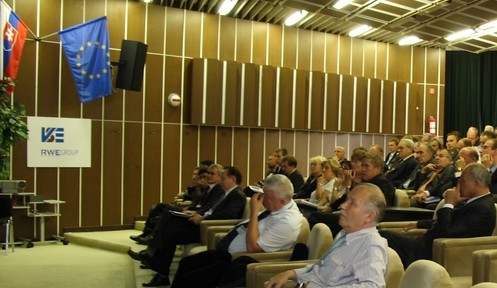|
Various approaches for a design of the hydraulic turbine model
Daniela Perdukova
Departmet of Electrical Engineering and Mechatronics, Technical University of Kosice, Slovakia
*Marek Fedor
Departmet of Electrical Engineering and Mechatronics, Technical University of Kosice, Slovakia
Pavol Fedor
Departmet of Electrical Engineering and Mechatronics, Technical University of Kosice, Slovakia
Last modified:
2022-05-26
Abstract
Hydro-electricity plays an important role in the safe, stable and efficient operation of the electric power system. In recent years design of small hydro power plants has been examined by various groups throughout the world due to its merits of offering better performance than the conventional fossil fuels to meet the energy need.
The article describes a brief overview of the current knowledge and ways in the field of a design of the hydraulic turbine model as the most important subsystem of the hydropower plant. The hydraulic turbine is considered as a heart of the hydropower plant because of its important function in the whole process of electrical energy production. The turbine converts a kinetic or potential energy of the water into a mechanical rotation that moves the generator’s rotor via the common shaft. Turbine´s efficiency calculation is analytically demanding and dependent on parameters that are often obtained only by a theoretical estimation. Therefore, using its accurate model, which takes into account its efficiency, is necessary to achieve realistic and relevant results. In this article, a fuzzy system was used to create its model based on a measured operating data of the turbine flow rate and the height of its water column without any need of knowing exactly the turbine parameters. It is shown, that the model has practically reached the same accuracy as the analytical models. Such a model can be used in the design and development process of an optimal energy control of hydraulic turbines, as well as in the effective determination process of an actual turbine’s wear rate.
|
 |
|







